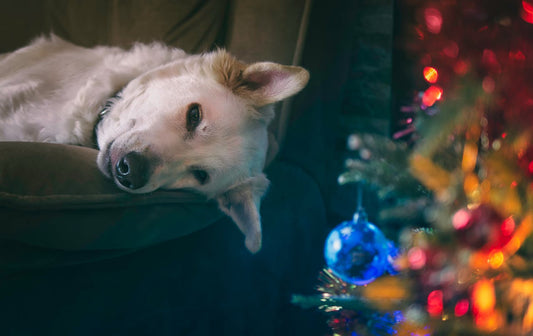Dogs are known to be loyal companions to humans, often becoming an integral part of the family. However, many dog owners wonder if their furry friend sees them as their mother. While it may seem like a simple question, the answer is not as straightforward as one might think.
In order to understand whether or not a dog sees their owner as their mother, it is important to first understand the social structure of dogs. Dogs are pack animals, and in the wild, they rely on a hierarchical system to maintain order within the pack. This system is based on dominance and submission, with the alpha dog being the leader of the pack. While dogs have been domesticated for thousands of years, this social structure still exists within their DNA and plays a role in how they interact with humans.
Canine Social Structures
Understanding the social structures of canines is essential in determining how they perceive their human owners. Dogs are social animals that form complex relationships with other dogs and humans. In the wild, dogs live in packs and follow a hierarchical structure. This structure is also evident in their interactions with humans.
Puppy Development and Human Bonding
Puppies are born with the instinct to bond with their mother. They rely on their mother for nourishment, warmth, and protection. As they grow, they begin to interact with their littermates and learn important social skills. Puppies that are separated from their mother and littermates too early may have difficulty forming social bonds later in life.
When a puppy is brought into a human household, they will often transfer their attachment to their human owner. This is because humans provide the puppy with the same things their mother would, such as food, shelter, and protection. As the puppy grows, they form a bond with their human owner and see them as a source of security and comfort.
Pack Dynamics and Hierarchy
Dogs are pack animals and have a hierarchical structure within their pack. The pack leader is the alpha dog, who is responsible for making decisions and maintaining order within the pack. Other dogs in the pack have a specific rank and must follow the alpha dog's lead.
When a dog is brought into a human household, they may see their human owner as the alpha dog. This is especially true if the owner establishes themselves as the leader and sets boundaries for the dog. Dogs that do not see their owner as the alpha may exhibit behavioral problems, such as aggression or disobedience.
Attachment and Recognition Patterns
Dogs have a remarkable ability to recognize and remember their human owners. They can distinguish their owner's scent, voice, and appearance from other people. This recognition is based on the dog's attachment to their owner, which is formed through positive interactions and consistent care.
In conclusion, understanding the social structures of canines is essential in determining how they perceive their human owners. Puppies that are separated from their mother and littermates too early may have difficulty forming social bonds later in life. Dogs see their human owners as pack leaders and will follow their lead if they establish themselves as the alpha. Dogs form attachments to their owners through positive interactions and consistent care.








